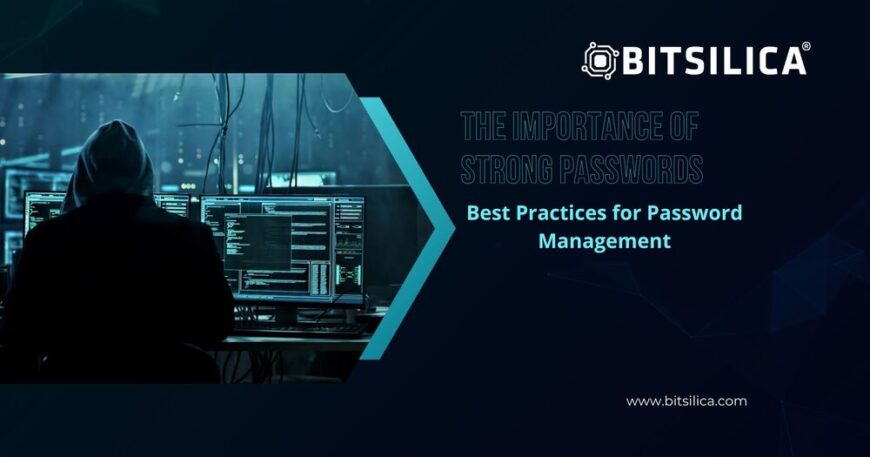The Importance of Strong Passwords: Best Practices for Password Management
A strong password is crucial for protecting your accounts from unauthorized access. Here are some guidelines for creating robust passwords:
• Length and Complexity: Aim for at least 12 characters, combining uppercase and lowercase letters, numbers, and special characters.
• Avoid Common Patterns: Do not use easily guessable information like birthdays, common words, or sequences (e.g., “123456” or “password”).
• Use Passphrases: Consider using a passphrase, a sequence of random words or a sentence that is easy to remember but hard to guess.
Example: A recent study by the UK’s National Cyber Security Centre (NCSC) found that “123456” was the most common password, making accounts highly vulnerable to hacking. Instead, using a passphrase like “Giraffe!Cupcake$7Green” significantly enhances security.
Changing Passwords Regularly
Regularly updating passwords reduces the risk of long-term breaches. Set reminders to change your passwords every three months.
• Set Reminders: Use calendar reminders or password management tools to keep track of password changes.
• Avoid Reuse: Never reuse old passwords or slight variations of them. Each password should be unique.
Example: The 2017 Equifax breach, which exposed sensitive information of 147 million people, was partly due to inadequate password management and not regularly updating credentials.
Avoiding Password Reuse
Avoiding Password Reuse Using the same password across multiple sites increases the risk of a breach spreading from one compromised account to others.
• Unique Passwords: Ensure each account has a unique password.
• Password Managers: Utilize password managers to generate and store unique passwords for each account securely.
Example: The Yahoo breach in 2013, which affected all 3 billion accounts, highlighted the dangers of password reuse. Compromised credentials were used to access multiple other accounts.
Using Password Manager
Password managers help create and store complex passwords securely. They also help manage multiple passwords without the need to remember each one.
• Benefits: Password managers can generate strong passwords and auto-fill them on websites.
• Security: Ensure the password manager itself is protected with a strong master password.
Example: Password managers like LastPass and 1Password have become essential tools for enhancing password security and preventing breaches.
Enabling Two-Factor Authentication (2FA)
2FA adds an extra layer of security by requiring a second form of verification, such as a code sent to your phone, in addition to your password.
• Setup: Enable 2FA on all accounts that support it.
• Methods: Use authentication apps like Google Authenticator or Authy for more secure 2FA compared to SMS.
Example: In 2020, Google reported a 50% reduction in account takeovers after enabling 2FA, demonstrating its effectiveness in enhancing security.
Monitoring For Breaches
Regularly check if your credentials have been compromised using services like Have I Been Pwned. Change your passwords immediately if you suspect any breach.
• Awareness: Stay informed about breaches affecting services you use.
• Proactive Changes: Proactively change passwords if a service you use has been breached.
Example: The LinkedIn breach in 2012 exposed 167 million accounts, and many users were unaware until their passwords were used for unauthorized access on other platforms.
Conclusion
By following these password management best practices, you can significantly reduce the risk of unauthorized access to your accounts and systems. Remember, strong passwords are a critical component of our overall cyber security strategy. Stay vigilant and proactive in managing your passwords to protect both your personal and professional data.
Explore More: Ensuring Cyber Security: General Guidelines to Follow at Client Sites




